Disclosure: This article contains affiliate links. We may earn a commission from purchases at no extra cost to you, which helps our travel content.
Much like the carefully orchestrated security protocols I design in my day job, the Swiss Alps surrounding Zurich operate with magnificent precision—except here, the payoff isn't network safety but rather pure, unadulterated adrenaline. As someone who spends workdays analyzing digital threats, I've discovered that physically challenging adventures provide the perfect cognitive reset. During my recent business trip to Zurich, I extended my stay for a weekend of extreme sports that would make even the most hardened risk assessment specialist recalibrate their threat matrix. What many visitors don't realize is that within a mere 60-minute radius of Zurich's polished business district lies a playground for adventure enthusiasts that rivals any dedicated extreme sports destination. Drawing on both my analytical mindset and my family's traditional Ayurvedic wisdom about harmony with nature, I've compiled five adventures that will push your limits while connecting you with the elemental forces of the Alps.
1. Paragliding Over Lake Lucerne: Defying Gravity with Alpine Views
Paragliding over Lake Lucerne (Vierwaldstättersee) offers what I consider the ultimate firewall breach—except in this case, you're breaking through the boundary between earth and sky. During my paragliding experience from Mount Pilatus, I couldn't help but draw parallels to my cybersecurity work; both require calculated risk assessment followed by decisive action.
The adventure begins with a cogwheel railway journey up Mount Pilatus, where the panoramic views already justify the trip. After a comprehensive safety briefing (with redundancy systems that would impress even my most security-conscious clients), you're paired with an experienced tandem pilot. The moment of launch requires a counterintuitive trust in physics—running downhill until the thermal updrafts catch your wing.
Once airborne, the experience transforms from thrilling to transcendent. The deep blue waters of Lake Lucerne contrast sharply with the verdant mountainsides and snow-capped Alpine peaks. My pilot expertly caught thermal columns that propelled us higher, demonstrating how natural forces can be harnessed much like my grandmother's Ayurvedic practices harness the body's natural healing potential.
For capturing this experience, I relied on my GoPro HERO10 secured to my helmet. The stabilization technology proved essential for recording smooth footage despite the spiraling descents and rapid direction changes my pilot executed upon request.
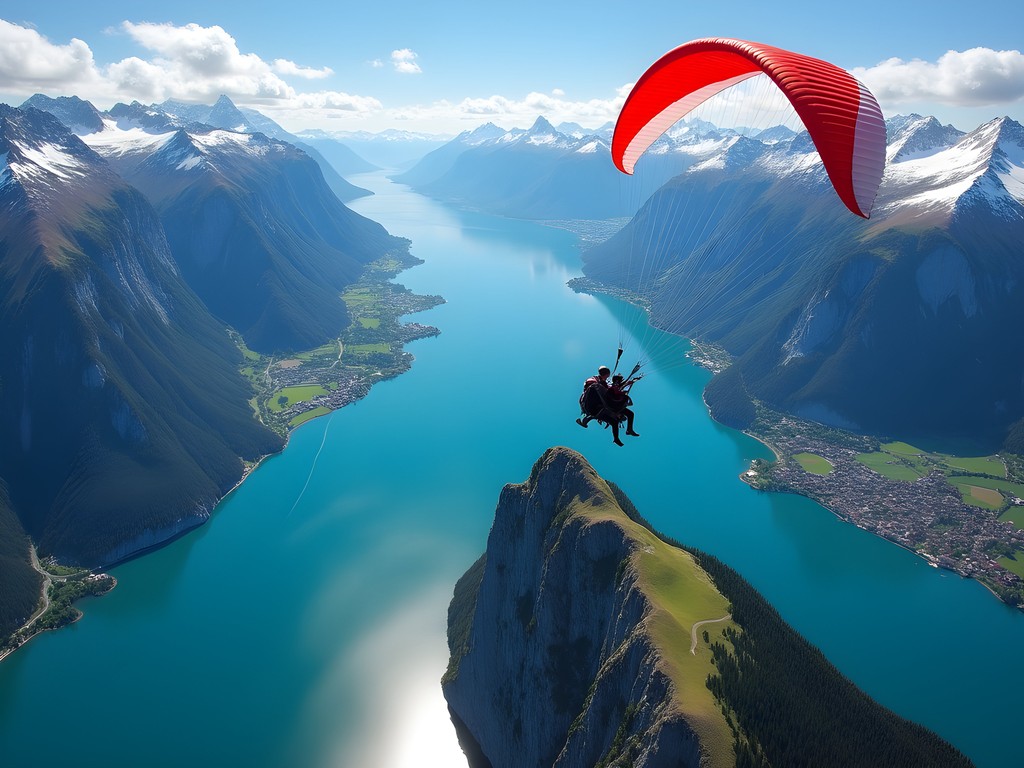
💡 Pro Tips
- Book your paragliding experience at least 48 hours in advance as slots fill quickly during summer months
- Take motion sickness medication if you're prone to it—the thermal climbs and spiraling descents can challenge even strong stomachs
- Request the 'XL flight' option for an additional 10-15 minutes of airtime with more advanced maneuvers
2. Canyoning in Chli Schliere: Nature's Data Stream
If paragliding represents breaking through boundaries, then canyoning in Chli Schliere canyon embodies navigating through nature's most complex data stream. Located near Meiringen (approximately 50 minutes from Zurich), this canyon presents a perfect example of how water persistently finds vulnerabilities in even the hardest stone—not unlike how I identify network weaknesses.
The Chli Schliere experience begins with a moderate hike to reach the canyon entrance, where guides equip you with wetsuits, helmets, and harnesses. The 5mm neoprene suits are essential; despite the summer air temperatures reaching 25°C, the glacier-fed waters hover around a bracing 8-12°C. This temperature differential reminded me of the hot and cold therapies my family practiced in their Ayurvedic treatments—the body responding to extreme stimuli with heightened awareness.
What makes Chli Schliere exceptional is its varied technical challenges: rappelling down 15-meter waterfalls, sliding down natural rock chutes, jumping into crystalline pools, and swimming through narrow passages carved by millennia of persistent water flow. Each obstacle requires precise execution and trust in your equipment—a mindset familiar to anyone in cybersecurity.
The most memorable segment involves a controlled descent through what guides call the 'washing machine'—a powerful waterfall that momentarily submerges you before releasing you into a calm pool below. This controlled chaos mirrors the digital incident response protocols I develop; momentary immersion in crisis followed by resolution and calm assessment.
For this adventure, waterproof gear protection is essential. My dry bag kept my valuables completely protected despite multiple full submersions. The 10-liter size proved perfect for personal items while remaining compact enough to transport during the canyon traverse.

💡 Pro Tips
- Disclose any shoulder or knee injuries to your guide before booking—some jumps and rappels can exacerbate joint issues
- Wear quick-drying undergarments beneath the provided wetsuit for comfort
- Consider booking a private guide if your group has varying experience levels to ensure everyone's comfort with the technical sections
3. Via Ferrata Mürren-Gimmelwald: Vertical Problem Solving
The Via Ferrata between Mürren and Gimmelwald offers what I consider the Alps' most elegant solution to a classic problem: how to make vertical cliff faces accessible to those without advanced climbing skills. Located in the Bernese Oberland (approximately 60 minutes from Zurich by efficient Swiss trains), this engineered climbing route exemplifies Swiss precision in risk management.
Unlike traditional rock climbing, via ferrata routes provide fixed steel cables that you remain continuously attached to using a specialized harness system with energy-absorbing components. Steel rungs, pegs, and bridges provide artificial handholds and footholds where natural ones don't exist. This redundant safety system reminds me of how we layer security protocols in digital environments—multiple failsafes ensuring protection even if one element fails.
The Mürren route traverses 2.2 kilometers horizontally while navigating vertical sections of exposed Alpine terrain. What makes this particular via ferrata extraordinary is its setting—you're suspended hundreds of meters above the Lauterbrunnen Valley, with the iconic trio of Eiger, Mönch, and Jungfrau mountains providing a spectacular backdrop. At certain points, the route crosses heart-stopping features including a Nepal-style bridge spanning a deep chasm and a single-cable traverse that tests both balance and mental fortitude.
During my experience, I noticed how the physical challenge activated the same focused state I enter when solving complex security problems—complete presence in the moment, methodical problem-solving, and continuous risk assessment. The traditional Ayurvedic concept of dharana (focused concentration) manifested naturally as I navigated each challenging section.
For this adventure, I highly recommend investing in proper equipment. While rentals are available, I prefer using my own climbing harness for both comfort and the confidence that comes from familiarity with your safety equipment.

💡 Pro Tips
- Start early (first cable car) to avoid afternoon thunderstorms which are common in summer and can make the metal equipment dangerous
- Practice using via ferrata equipment before attempting this route—the proper technique for clipping and unclipping is essential for safety
- Consider hiring a guide for your first via ferrata experience; they can provide technical instruction and historical context about the region
4. White Water Rafting the Lütschine: Navigating Nature's Chaos
The Lütschine River, fed by glacial meltwater from the Eiger and Jungfrau, presents what data scientists might call a 'chaotic system'—powerful, unpredictable, yet governed by underlying patterns that experienced guides can read and navigate. Based in Interlaken (45 minutes from Zurich), this rafting experience offers Class III-IV rapids that demand both technical skill and rapid decision-making.
Rafting the Lütschine begins with a comprehensive safety briefing that would satisfy even my security-conscious mindset. Guides meticulously explain paddle commands, safety positions, and rescue protocols. The equipment provided includes thick wetsuits, splash jackets, helmets, and specialized river shoes—all designed to protect against both impact and the cold glacial waters.
What distinguishes the Lütschine from other Alpine rivers is its concentrated intensity. Rather than long stretches of calm punctuated by occasional rapids, this river delivers nearly continuous technical challenges over its relatively short course. The milky blue-white water (characteristic of glacial runoff) churns through narrow gorges and over boulder gardens with names like 'Roller Coaster' and 'The Washing Machine' (apparently a popular name for intimidating water features in Switzerland).
During our descent, I noticed interesting parallels between river navigation and incident response in cybersecurity—both require reading subtle patterns in chaotic situations, making split-second decisions, and coordinating team responses under pressure. Our guide demonstrated exceptional 'threat assessment' skills, reading water patterns to anticipate challenges before we reached them.
The experience connected me to water in a way that reminded me of my grandmother's Ayurvedic teachings about jala (the water element) and its dual nature as both life-giving and powerfully transformative. Few experiences demonstrate water's raw power as viscerally as being in a raft navigated through Class IV rapids.
For this adventure, waterproof documentation is essential. My waterproof phone case allowed me to capture photos during calmer sections while providing complete protection during inevitable splashes and potential submersion.
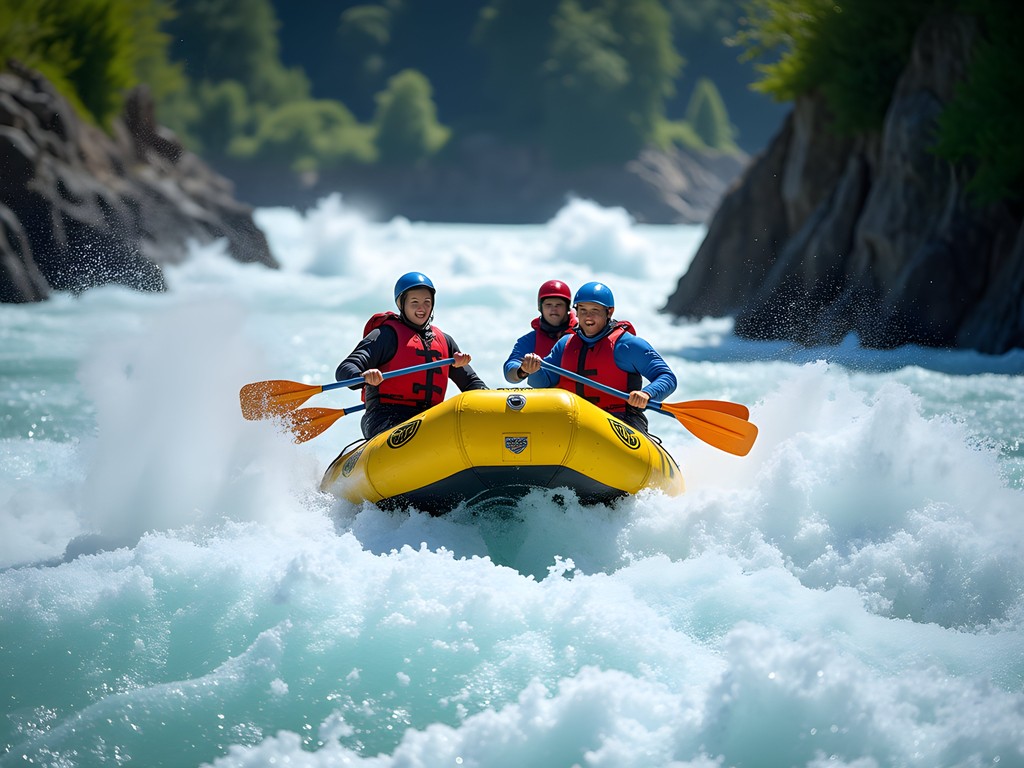
💡 Pro Tips
- Book the morning departure for both calmer weather conditions and higher water levels from overnight glacial melt
- Follow your guide's instructions precisely—their commands during rapid navigation need immediate response without hesitation
- Wear quick-drying synthetic layers under your wetsuit rather than cotton, which stays cold when wet
5. Rock Climbing at Engelberg: Vertical Problem-Solving
Engelberg offers what rock climbers call 'perfect limestone'—vertical puzzles requiring both physical strength and analytical problem-solving skills. Located approximately 45 minutes from Zurich, this climbing destination features routes for all levels, though I focused on the moderately challenging sectors suitable for my intermediate skills.
What makes Engelberg special is its accessibility combined with Alpine scenery. Unlike many climbing destinations requiring lengthy approaches, several sectors here are just 15-20 minutes from the cable car station. This efficiency reminds me of well-designed security systems—maximum protection with minimal overhead.
I arranged a private guide through the local Alpine Center, which proved invaluable for both safety and route selection. My guide, Thomas, had been climbing these walls for over two decades and knew precisely which routes would challenge me appropriately without exceeding my technical abilities. We focused on routes rated 5.10a to 5.10d (European 6a to 6b+), which provided sufficient challenge while remaining within my capabilities.
The climbing itself requires a fascinating blend of analytical thinking and physical technique. Each route presents a unique problem to solve—identifying hand and foot placements, determining the sequence of movements, and managing energy expenditure. This cognitive-physical integration creates what psychologists call a 'flow state'—complete absorption in the task at hand, which I find remarkably restorative after intense periods of cybersecurity work.
The limestone features at Engelberg include pockets, crimps, and occasional slopers that test different grip strengths. What surprised me was how the rock's texture changes with altitude and exposure—south-facing routes offer more friction while north-facing routes remain slightly damper and more technical.
Between climbs, Thomas shared insights about Alpine geology that complemented my existing knowledge of earth sciences. The limestone formations we were climbing had once been ancient seabeds—a reminder of the earth's continuous transformation that connects to Ayurvedic principles of constant change and adaptation.
For climbing in variable Alpine conditions, appropriate footwear is essential. My climbing shoes provided excellent edge control on the limestone features while remaining comfortable enough for multiple routes without painful foot fatigue.
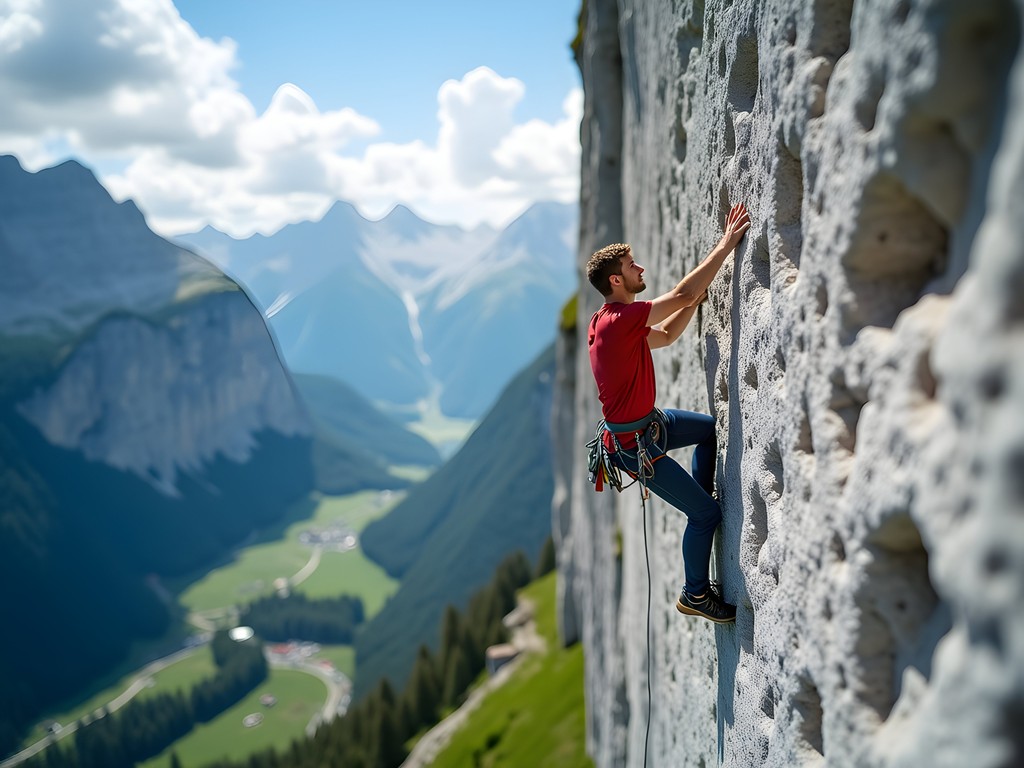
💡 Pro Tips
- Book a guide if you're unfamiliar with the area—they provide equipment, safety systems, and knowledge of the best routes for your ability level
- Start early in summer months as afternoon thunderstorms are common and make limestone dangerously slippery
- Bring extra layers regardless of valley temperatures—conditions at higher elevations can change rapidly
Final Thoughts
What makes these five adventures particularly special is their proximity to Zurich's business district—a stark juxtaposition of Switzerland's financial precision with its wild Alpine heart. As someone who navigates digital complexities professionally, I find these physical challenges provide the perfect cognitive reset, engaging different neural pathways while connecting me to elemental forces. The Swiss approach to adventure sports mirrors their approach to banking and technology—meticulous attention to safety protocols combined with elegant, efficient systems that maximize the experience. Whether you're extending a business trip like I did or planning a dedicated adventure weekend, these five experiences offer what security experts might call 'high-reward, managed-risk' opportunities. They've become my essential digital detox protocol, and I suspect they might become yours as well. Remember that while these adventures push boundaries, they're all accessible to reasonably fit individuals with proper guidance and equipment—the perfect algorithm for transforming Zurich from a business destination into an adventure launchpad.
✨ Key Takeaways
- All five adventures are accessible within 60 minutes of Zurich via Switzerland's efficient public transportation
- Proper equipment and experienced guides significantly enhance both safety and enjoyment for these advanced activities
- Summer offers optimal conditions, though early morning departures are recommended to avoid afternoon thunderstorms
📋 Practical Information
Best Time to Visit
June through September, with July and August offering the most reliable weather
Budget Estimate
CHF 1,000-1,500 per person for a weekend including all activities, equipment rental, luxury accommodation, and meals
Recommended Duration
3-4 days minimum to experience multiple adventures without rushing
Difficulty Level
Advanced - Participants Should Be In Good Physical Condition With Some Previous Outdoor Adventure Experience





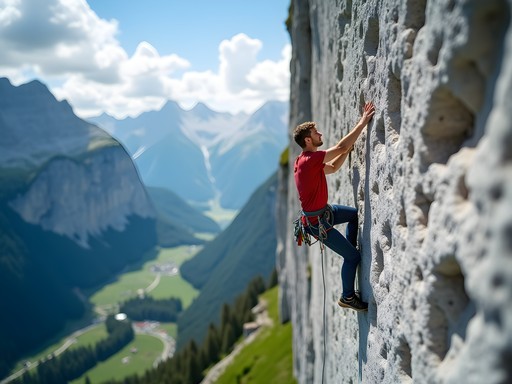



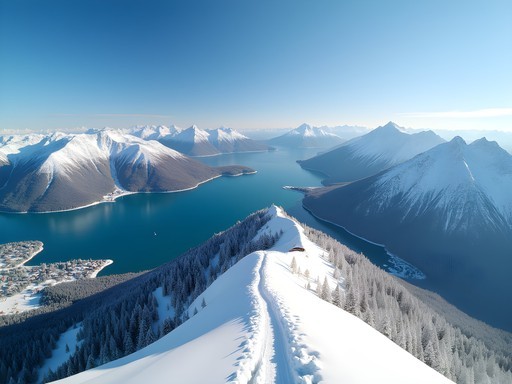

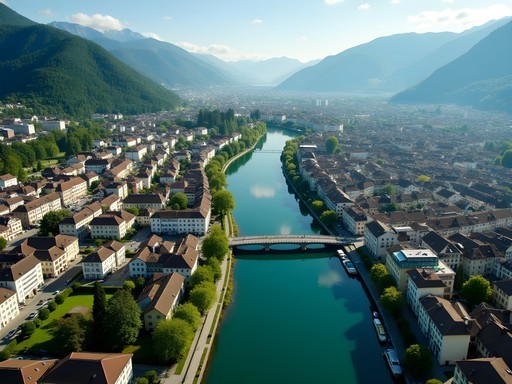
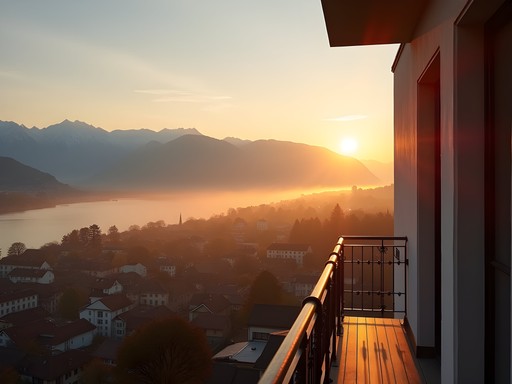
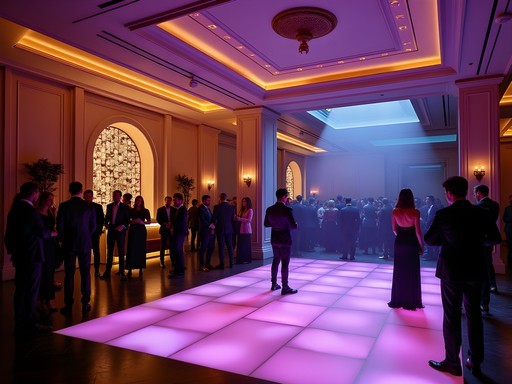

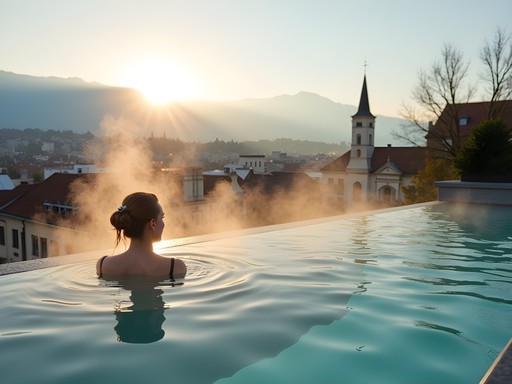
Comments
bluefan
Which of these would you recommend for a first-timer with decent fitness but zero extreme sports experience? The canyoning looks amazing but I'm not sure if I'd be in over my head!
greenlegend
Not the author but I'd say paragliding is easiest since you're with a pro guide the whole time. You just enjoy the ride!
Frank Garcia
Paragliding is definitely the most accessible, but don't rule out beginner canyoning tours. Most operators offer different difficulty levels. The Interlaken region has some great intro courses where they teach you everything on the spot.
Frank Garcia
Brilliant write-up, Violet! I tackled the Via Ferrata Mürren-Gimmelwald last month on a tight budget. For anyone planning to go: the equipment rental shops in Mürren are surprisingly affordable (about 45 CHF), but book ahead in peak season. The "vertical problem solving" description is spot on - there's this one section where you're practically hanging over nothing but air with the Eiger in the background. Absolutely mind-blowing. One tip: start early (7-8am) to avoid both crowds and afternoon thunderstorms which are common in summer. I used my climbing gloves which were essential for the metal cables. Worth every franc!
Violet Porter
Thanks for the additional tips, Frank! You're absolutely right about those afternoon storms - they can appear out of nowhere in the Alps.
greenlegend
Wow, that paragliding over Lake Lucerne looks incredible! Adding it to my bucket list for sure.
bluefan
I did it last summer! Honestly the most breathtaking experience. The guides are super professional too.
greenlegend
Was it scary? I'm terrified of heights but really want to try it!
bluefan
I was nervous at first but it feels more like floating than falling. Just don't look straight down at the start! 😂
starstar
Pro tip: bring extra socks for canyoning! Your feet will thank you later.
waveone
Those canyoning pics are insane! Adding to my bucket list right now.
Dylan Turner
Excellent curation of activities, Violet. What particularly impressed me was how each adventure offers a distinct perspective on the Alpine landscape. The paragliding provides that sweeping aerial view, while canyoning immerses you in the intimate details of water-carved gorges. Having experienced both, I found the juxtaposition fascinating. One suggestion I would add for readers: consider booking accommodations in Interlaken rather than commuting daily from Zurich if attempting multiple activities. The Victoria-Jungfrau Grand Hotel offers exceptional recovery amenities after these physically demanding experiences, including one of Switzerland's finest spa facilities. The contrast between morning adrenaline and evening luxury creates a perfectly balanced Swiss experience.
coolgal
Planning a trip to Zurich in October. Will any of these adventures still be running that late in the year or is it too cold by then?
Dylan Turner
October can be hit or miss. Paragliding often runs year-round if weather permits. The canyoning and rafting typically end by late September/early October as water temperatures drop significantly. I'd recommend calling operators directly before planning your itinerary. I used the Swiss Travel Pass during my October visit which gave flexibility to pivot to urban activities when mountain weather wasn't cooperating.
globehero
This looks amazing but kinda terrifying too! I've never done any of these extreme sports before. Which one would you recommend for a total beginner who's not great with heights? Is the paragliding as scary as it looks?
waveone
Go for the rafting! You're with a guide and it's thrilling without the height factor.
Violet Porter
Hi @globehero! I'd second the rafting suggestion. The guides are excellent and you can choose different difficulty levels. Paragliding is actually surprisingly peaceful once you're in the air - the takeoff is the only slightly nerve-wracking part!
Jean Wells
Having visited Switzerland annually for the past decade, I appreciate how Violet has highlighted the accessibility of these adventures from Zurich's business district. The Swiss transportation system's efficiency shouldn't be understated—a critical factor when planning adventure activities with precise timing windows. For the canyoning experience in Chli Schliere, I would add that water levels can vary significantly by season. Late June to early August typically offers optimal conditions: sufficient water flow without the dangerous spring melt volumes. The guides at Outdoor Interlaken maintain meticulous safety protocols, which aligns perfectly with Violet's network security background mentioned in the introduction.
sunsetninja
OMG this post brought back SO MANY MEMORIES! Did the Via Ferrata at Mürren last summer and nearly had a heart attack at those views. The moment when you're clipped to the cable and looking straight down at the valley... absolutely insane! Violet, you totally nailed the 'vertical problem solving' description. My legs were jelly by the end but 100% worth it! Anyone else done this route?
starstar
Did it two years ago! Those metal rungs were slippery after morning rain. Scary but epic!
sunsetninja
Oh wow @starstar - in the rain?! You're braver than me! Did you stay in Mürren after?
Venture X
Premium card with 2X miles, $300 travel credit, Priority Pass